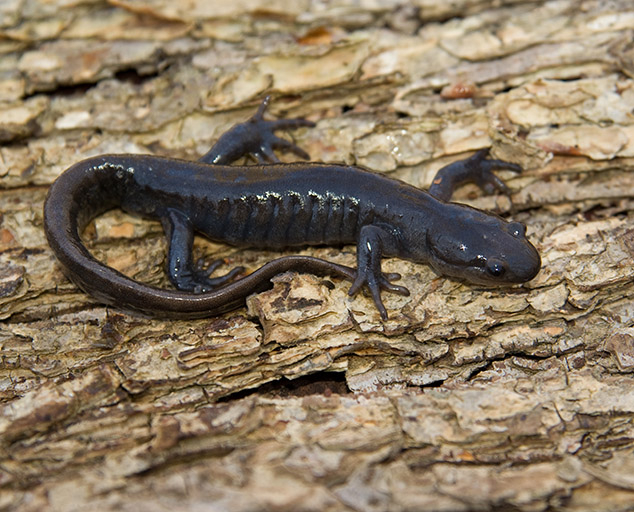We all know that it’s difficult for light to transmit in the water, especially in deep water areas. Compared to being in the air on land, the visibility underwater is so low that sight is not that important for creatures living in the water. Therefore, sound has become the only tool they can explore and communicate. Water is a very good conductor of transmission, and sound can travel very long distances in water (Jensen et al., 2009). Many marine mammals, such as whales and dolphins, use sound to see this marine environment. They use the auditory system to discover food, find mates, communicate and explore the surrounding terrain (Peng et al., 2015). However, the increasing amount of anthropogenic noise created below sea level is having a huge impact on whales.
After searching the news and information on the internet, two large whale stranding struck me. One occurred off the coast of the Bahamas in 2000, where about 17 cetaceans were spotted on the shore in two days (Nevala, 2008). The enthusiastic people tried to drive these poor animals back to the open ocean, but they kept swimming back to the shore. Some of the whales unfortunately died. The marine biologists dissected and found that the whales had severe bleeding near their brains. After investigation, it was found that the U.S. Navy’s sonar system had caused a huge, explosion-like sound in the sea, resulting in serious damage to the whales’ hearing system (Nevala, 2008). That’s the reason why these cetaceans wanted to flee away from their habitats. Massive noise altered their behaviors.
There are two classifications of anthropogenic noise. One is impulsive noise like blasting caused by sonar and air guns, and another is stationary noise (Peng et al., 2015). Commercial transportation vessels similarly interfere with whale communication by this kind of low-frequency stationary noise. The communication signals of these mammals are masked and interfered with by the loud noise sound from the ship’s oars, reducing their sensitivity to sound signals (Peng et al., 2015). Without receiving signals that bounce back, young whales may be lost in the ocean, unable to find their families, or even eventually come to their deaths. A defunct auditory system may make it difficult for the whales to find food and miss their mates in the near distance. What sad results these are.
The good news is that industries started to develop quieter ships and enhance the shapes of ships to reduce the noise. Also, with more and more attention on this issue, more policies and requirements have been established for cooperation (Dolman & Jasny, 2015). It is our responsibility to protect the ecological health of the ocean. We should do all we can to reduce the damage and maintain the ecological balance.
References
Peng, C., Zhao, X., & Liu, G. (2015). Noise in the Sea and Its Impacts on Marine Organisms. International Journal of Environmental Research and Public Health, 12(10), 12304–12323. https://doi.org/10.3390/ijerph121012304
Nevala, A. (2008). The Sound of Sonar and the Fury about Whale Strandings. Oceanus.https://www.whoi.edu/oceanus/feature/the-sound-of-sonar-and-the-fury-about-whale-strandings/

